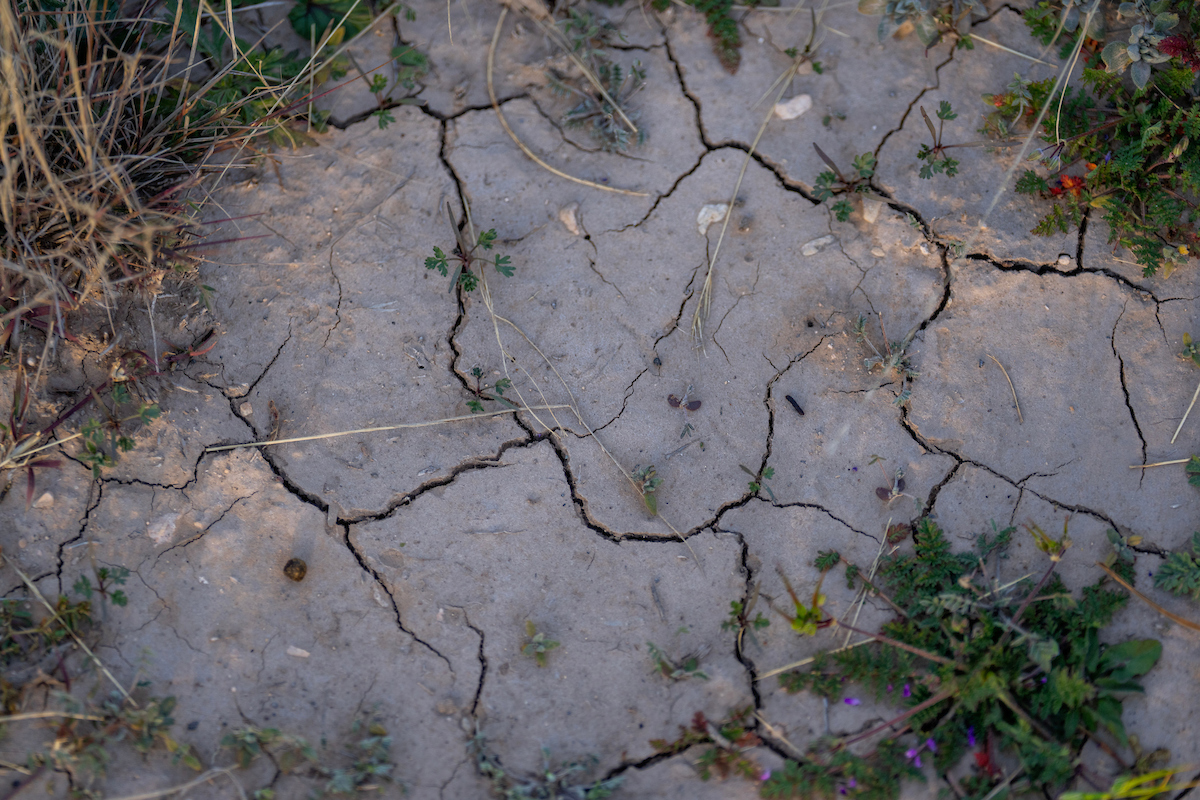Private water well screenings Dec. 17-18 for Wilson County
Samples will be tested for contaminants, including total coliform bacteria, E. coli
The Texas Well Owner Network, TWON, will host water well screenings Dec. 17-18 in Floresville for Wilson County residents.

The screenings are presented by the Texas A&M AgriLife Extension Service and Texas Water Resources Institute, TWRI, in partnership with the Barton Spring Edwards Aquifer Conservation District.
Water samples will be screened for contaminants, including total coliform bacteria, E. coli, nitrate-nitrogen and salinity.
“The TWON program was established to help well owners become familiar with Texas groundwater resources, septic system maintenance, well maintenance and construction, and water quality and treatment,” said John Smith, AgriLife Extension program specialist, Bryan-College Station. “It allows them to learn more about how to improve and protect their community water resources.”
Water sampling and meeting information
Water samples can be dropped off from 8:30-10:30 a.m. Dec. 17 at the AgriLife Extension office in Wilson County, 1420 Third St., Suite 300, Floresville.
The follow-up meeting to explain the screening results will be from 5:30-6:30 p.m. Dec. 18 at the Wilson County Expo and Community Center, 435 State Highway 97E, Floresville.
Sampling instructions
Residents interested in having their well water screened should pick up the sample bag, bottle and instructions from the local AgriLife Extension office before the date of the event. There will be a $15 per sample charge for water well screening. Residents may bring as many samples as they would like.
“It is very important that only sampling bags and bottles be used, and all instructions for proper sampling are followed to ensure accurate results,” Smith said.
Private water wells should be tested annually, he added. It is essential for those submitting samples to be at the follow-up meeting to receive results, learn corrective measures for identified problems and improve their understanding of private well management.
Well water contaminant concerns
Smith said research shows the presence of E. coli bacteria in water indicates that waste from humans or warm-blooded animals may have contaminated the water. Water contaminated with E. coli is more likely to also have pathogens that can cause diarrhea, cramps, nausea or other symptoms.
The presence of nitrate-nitrogen in well water is also a concern, and water with nitrate-nitrogen at levels of 10 parts per million is considered unsafe for human consumption.
“These nitrate levels above 10 parts per million can disrupt the ability of blood to carry oxygen throughout the body, resulting in a condition called methemoglobinemia,” Smith said. “Infants less than 6 months of age are most susceptible to this.”
Salinity, as measured by total dissolved solids, will also be determined for each sample. Water with high levels may leave deposits and have a salty taste. Using water with high levels for irrigation may damage soil or plants.
To learn more about the programs offered through the network or to find additional publications and resources, visit twon.tamu.edu. For more information on the water screening, contact Smith at 979-204-0573 or [email protected].
Funding for TWON is through a Clean Water Act nonpoint source grant provided by the Texas State Soil and Water Conservation Board and the U.S. Environmental Protection Agency. The project is managed by TWRI, a unit of Texas A&M AgriLife Research that brings together expertise from across The Texas A&M University System.




